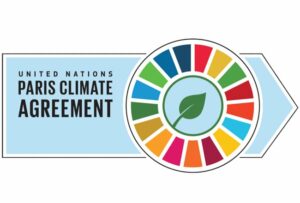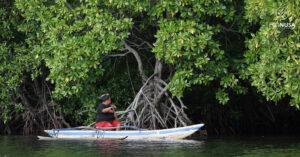It comes as no surprise that Indonesian waters are rich in biodiversity. There are around 8,500 species of fish, 555 types of seaweed, and 950 coral reef biota in the oceans alone. In addition, fish can also be found in other water areas, such as rivers and lakes. That’s a lot, right? Knowing this, we have to realize that the diversity of fish resources must be preserved in order to prevent extinction.
In 2021, The Ministry of Maritime Affairs and Fisheries declared 20 fin fish species as protected animals. Nineteen of them were given the fully protected status, while one fish species, the Irian Arowana, has limited protected status. This decision is written in a Decree of the Minister of Marine Affairs and Fisheries Number 1 of 2021 concerning the Protection of Fish Species.
With this decree, fish with full protection status will now be protected throughout their entire life cycle, from their bodily components to their derivative products. So, do you know any of the fish on this list? Come on, let’s get to know some of them through this article!
1. Featherback / Knifefish
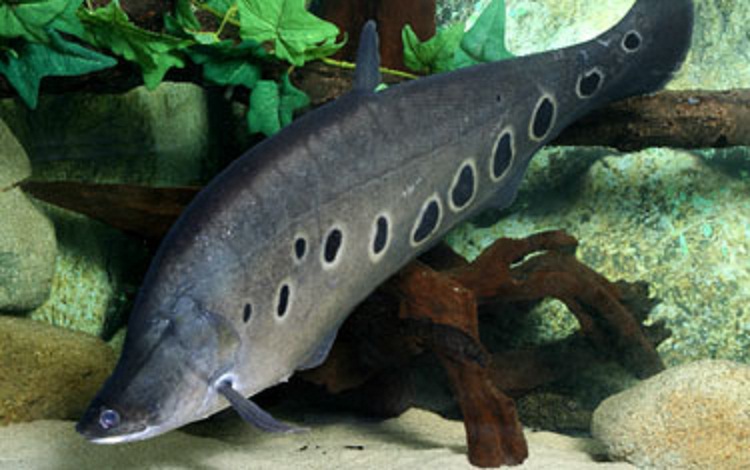
Who enjoys eating pempek? Don’t you think this Palembang specialty meal is delightful, especially when eaten with cuko (vinegar sauce)? It turns out that the raw material for pempek, the featherback or knifefish (ikan belida in Indonesian), is a species of fish that has been classified as fully protected. There are 4 protected types of knifefish, namely Chitala hypselonotus, Chitala lopis, Chitala chitala, and Notopterus notopterus.
Knifesih is a type of freshwater fish native to the Indonesian islands of Java, Sumatra, and Kalimantan. The body is elongated and flat, with a convex back. Many people catch this fish for ornamental fish collections in addition to using it as a feed ingredient. Unfortunately, knifefish populations are declining due to overfishing and also the polluted water.
2. Sawfish
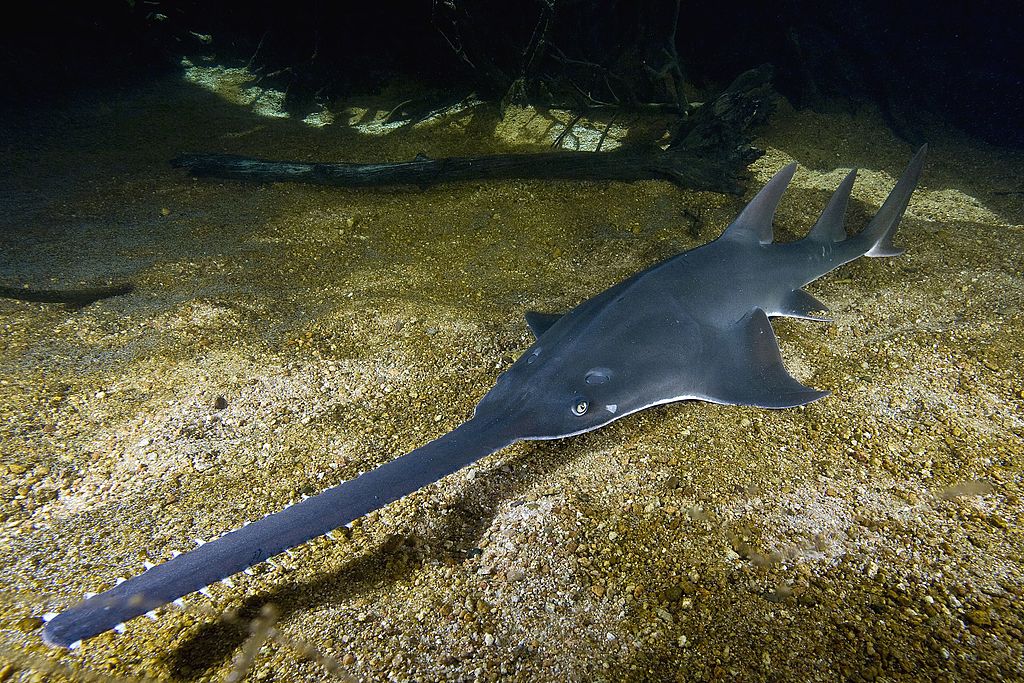
Many people mistake sawfish for sharks because of their shape. This cartilaginous fish has a saw-like snout and an extremely long snout and its body is indeed look like a shark with two pectoral fins, two dorsal fins, an anal fin, and a tail fin. Sawfish usually can be found in shallow coastal waters.
Four of the five types of sawfish found in the world’s oceans are located in Indonesia, and they are all fully protected fish species. They are narrow sawfish (Anoxypristis cuspidata), dwarf sawfish (Pristis clavata), largetooth sawfish (Pristis pristis), and green sawfish (Pristis zijsron). According to the International Union for Conservation of Nature, narrow and dwarf sawfish are considered endangered, while largetooth sawfish and green sawfish are considered critically endangered. Let’s hope they don’t go extinct completely!
3. Freshwater whipray
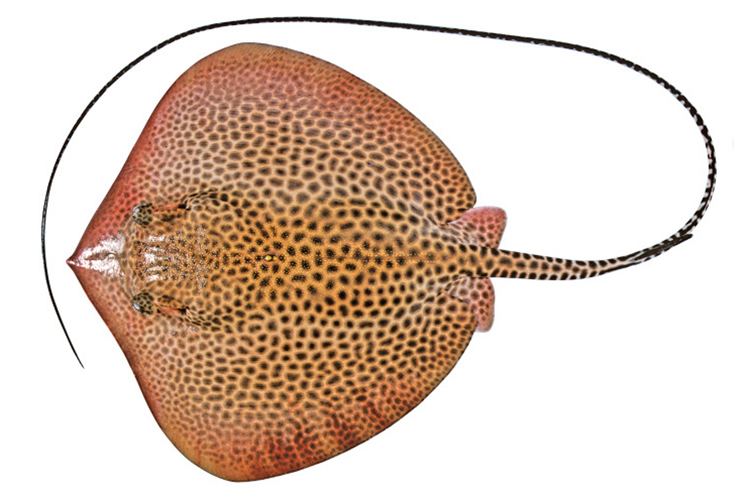
Three types of freshwater whiprays are next on the list. There are marbled whipray (Fluvitrygon oxyrhynchus), giant freshwater whipray (Urogymnus polylepis), and White-edge freshwater whipray (Fluvitrygon signifer). Marbled whiprays have a brown back with black spotted patterns. As the name suggests, the giant freshwater whiprays have a big body with a diameter of 1.9 meters and a weight of 600 kilograms. White-edged freshwater whiprays, on the other hand, have white edges on their bodies.
These three types of freshwater whiprays can be found in Sumatra and Kalimantan rivers, such as the Musi, Kapuas, Mahakam, and Barito rivers. Unfortunately, the status of all three has been deemed endangered at this moment. In the year 2020, four giant freshwater whiprays were discovered dead in the Musi Banyuasin Regency, South Sumatra, as a result of the Musi River’s polluted water.
In addition to the fish mentioned here, there are various other finned fish that have been granted fully protected status, such as the Indonesian coelacanth, tricolor shark, and barbodes microps fish. The existence of the decree to provide protection status is indeed an important step. But, of course, the most important thing is to ensure that the protection effort is truly executed.
As young people, we shouldn’t ignore this issue! We can start showing our concern, for example by educating people around us and also taking action to clean the rivers so that they are free from waste and other pollutants.






